1708 Shipwreck Could Hold $20B of Treasure and the Colombian Government Is Searching
Everyone dreams of finding gold in one way or another. However, the Colombian government is looking for a lost treasure of $20 billion in a sunken ship. The Spanish ship, which sank in the Caribbean in 1708, could have silver, gold, and emeralds worth searching.
Why hasn’t anyone extracted anything from this ship yet, and why does the Colombian government now have such a strong interest in the treasure? Let’s get into it!
The “Holy Grail” of Shipwrecks
Historical records suggest that the shipwrecked San Jose galleon carried the wealth of several Spanish colonies in South America, earning it the title of the “holy grail of shipwrecks.”

Source: leight49137/World History Encyclopedia
This wealth includes over 100 steel chests filled with emeralds, millions of gold and silver coins, and other precious cargo.
How Did the San Jose Sink?
General Jose Fernandez de Santillan, the Count of Casa Alegre, launched the San Jose in 1698. The three-masted galleon participated in the Spanish treasure fleet, which transported various items from the Spanish colonies to the Spanish mainland, during the War of the Spanish Succession.
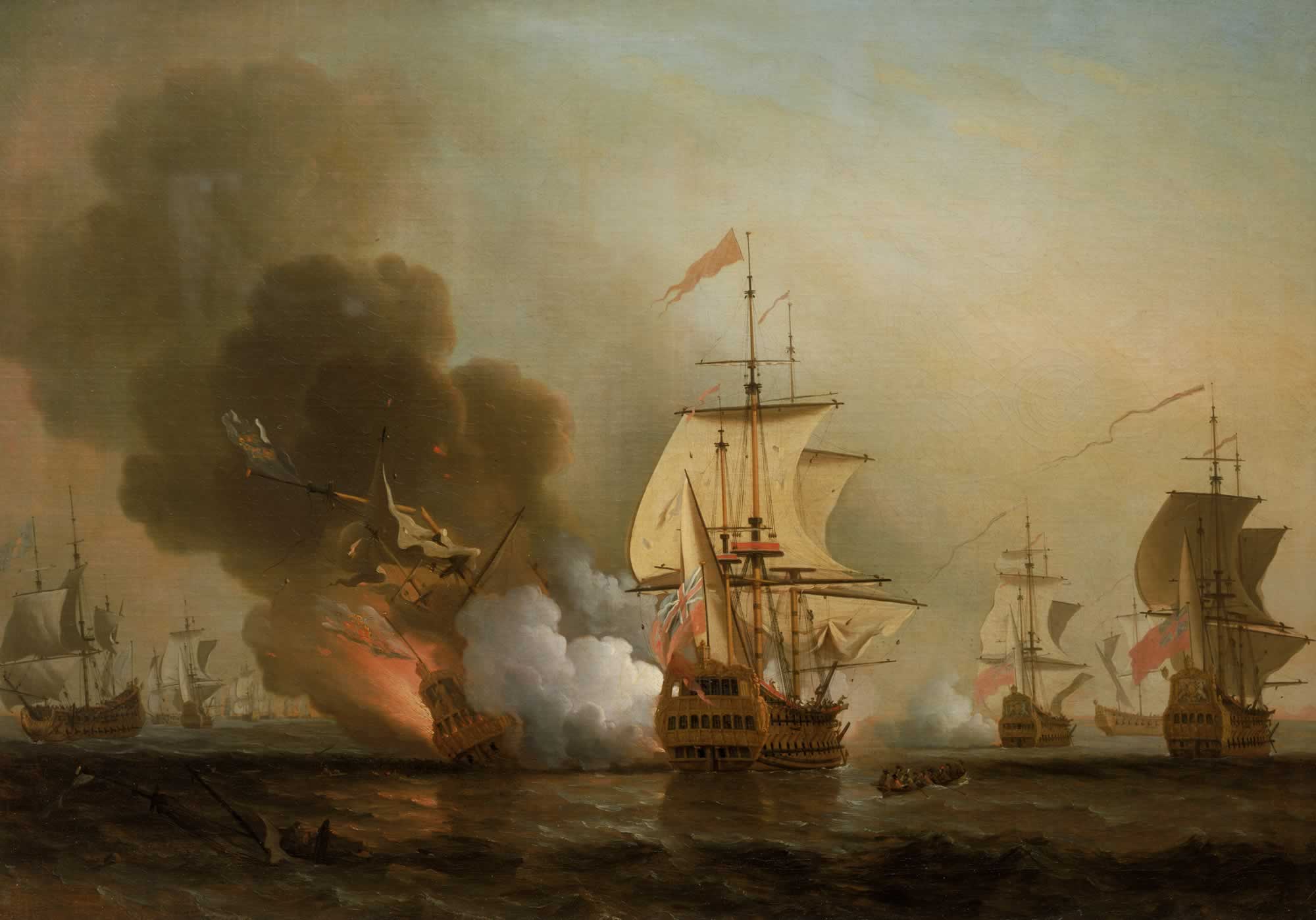
Source: Wikimedia Commons
Ten years later, the San Jose sank in a battle off Baru Island, just south of Cartagena, Colombia, in 1708.
Colombia Is Trying to Get to the Shipwreck Again
In 2015, the Woods Hole Oceanographic Institution located the sunken galleon, but they have yet to make attempts to recover the treasure. Now, the Colombian government will attempt to find the treasure in 2024.
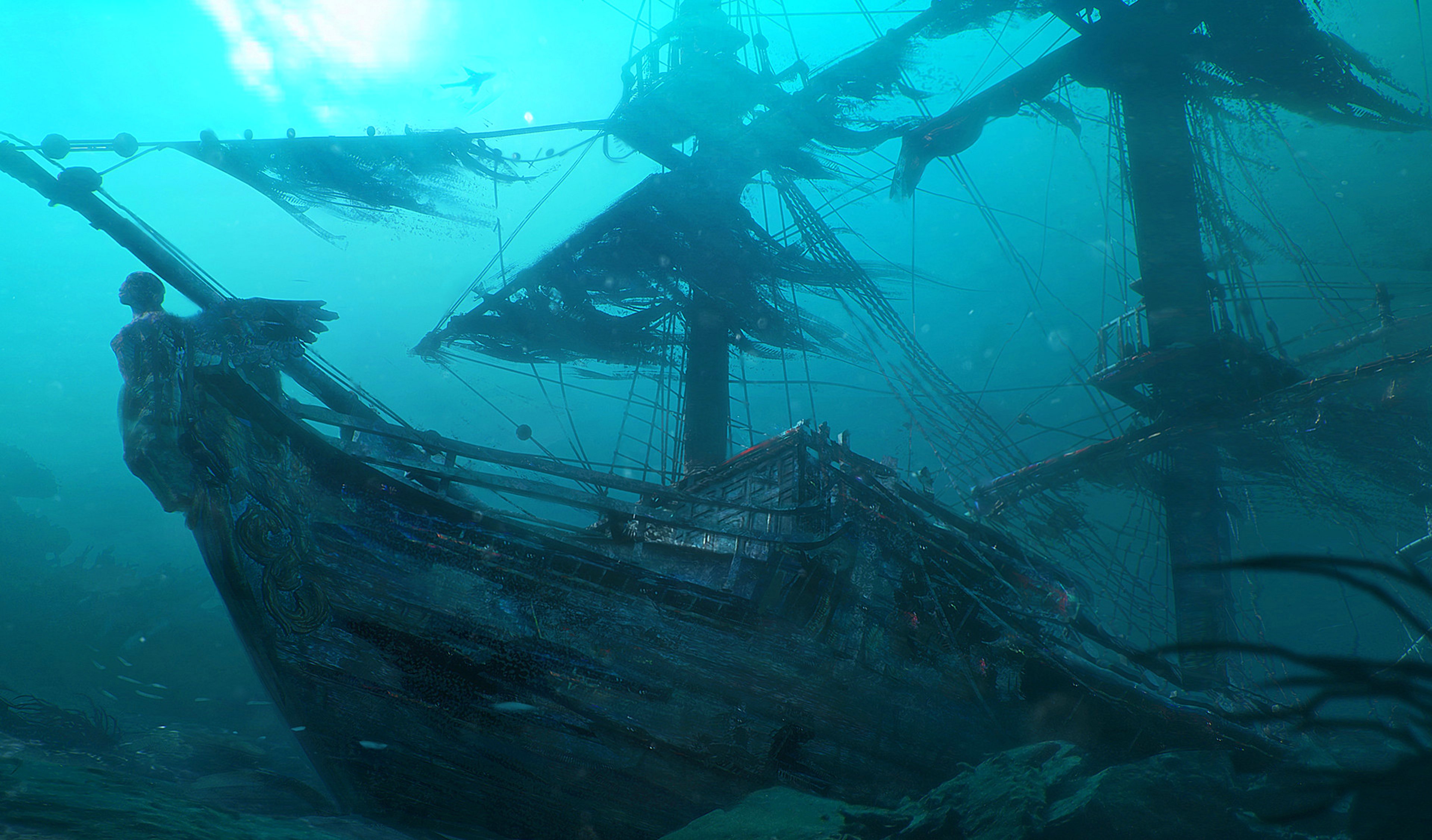
Source: Wurger GoodFon
The government is keeping the location of the expedition a secret to protect their $4.5 million treasure-hunting expedition, hoping to deter any amateur treasure hunters.
Mapping Out the Shipwreck
Researchers hope to use new technology to explore and map out the area around the shipwreck, which sits at a depth of nearly 6000 meters (about 2,000 feet). Other tests from oceanographers will analyze the sea depth and the soil studies of the ocean bed to decipher the best way to extract the galleon’s treasure.
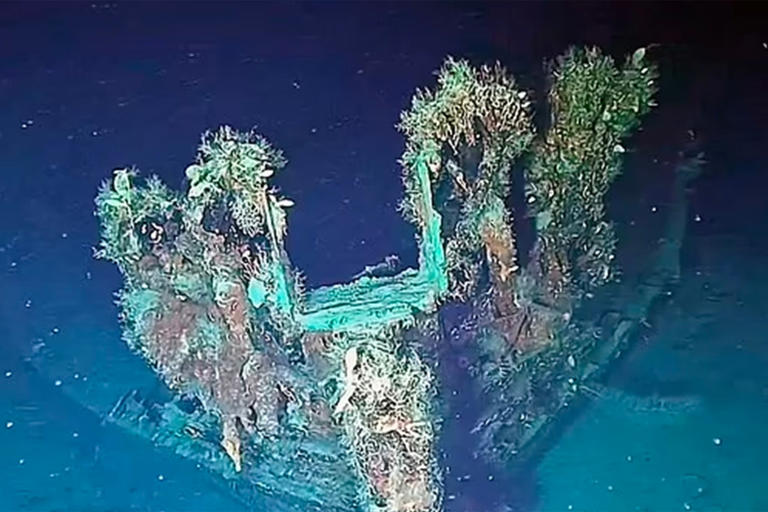
Source: Colombia Armada
Between April and May, the Colombian government plans to use the submerged robotic technology to extract some of the treasure from the surface of the sunken ship.
The Fight over the Shipwreck
However, the Colombian government is swimming in some choppy waters. Spain is claiming custody of the ship, saying that the wreckage and anything on it belongs to them.
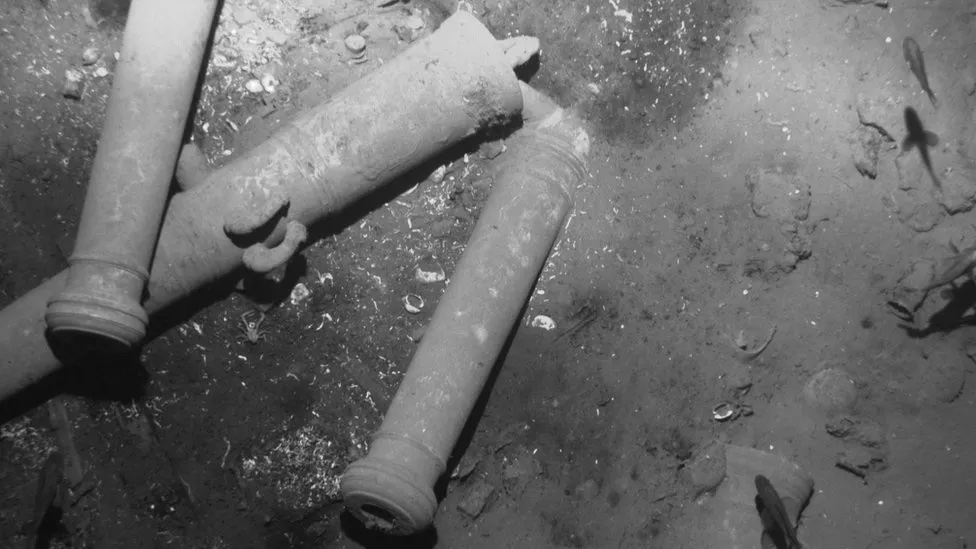
Source: Colombia Armada
Bolivia also insists that the treasure belongs to the indigenous Qhara Qhara nation, whom Spanish colonists forced to mine for the precious metals that were possibly onboard the ship.
Colombia Isn’t in it for the Money
However, Colombia is stating that they are not using government resources to recover the treasure. Instead, they are claiming that there are cultural reasons for excreting the “archaeological wreck.”
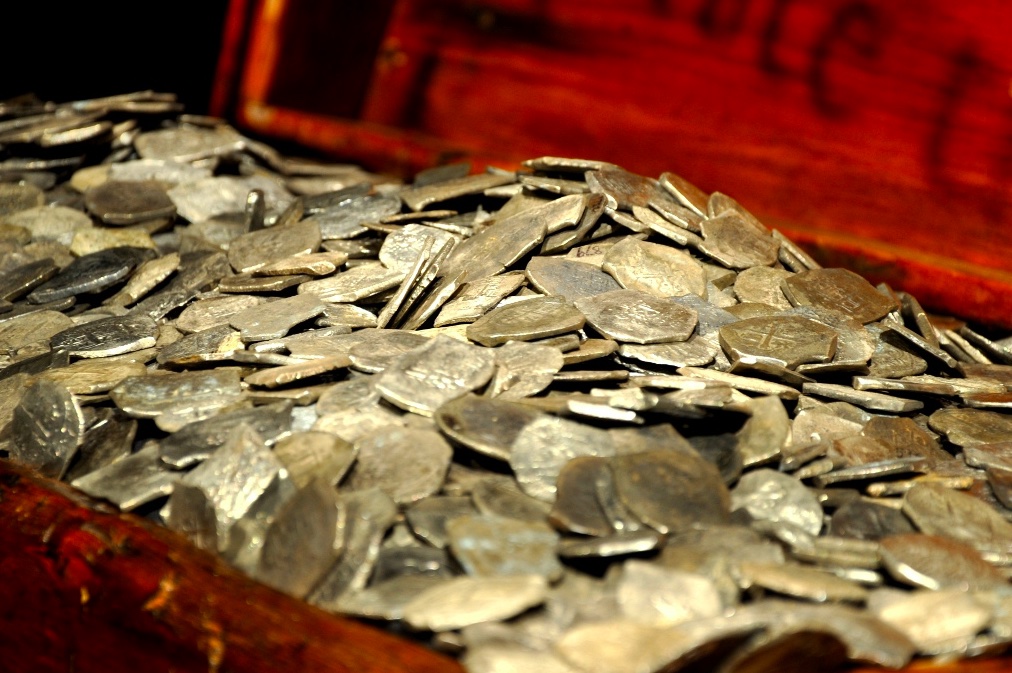
Source: Theodore Scott: Wikimedia Commons
“This is an opportunity for us to become a country at the forefront of underwater archaeological research,” Culture Minister Juan David Correa told The Independent.
Colombia Has No International Agreement Stopping It From Exploring the Shipwreck
While Colombia has not signed the U.N. Convention on the Law of the Sea, which would subject it to international standards and require it to inform UNESCO of its plans for the wreck, the government did halt plans to explore the shipwreck in 2018 after UNESCO intervened.
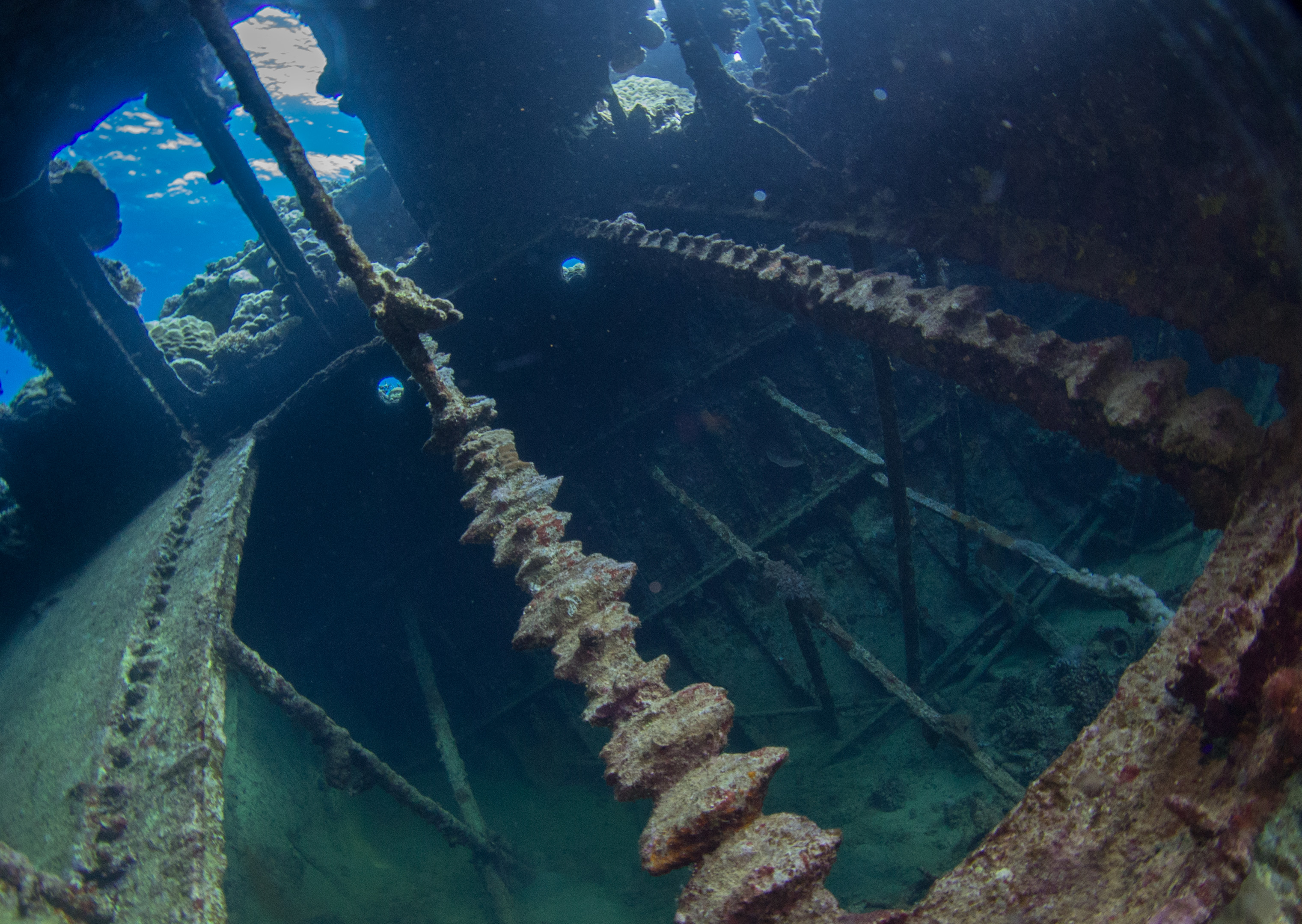
Source: Wikimedia Commons
In a letter sent to Colombia, UNESCO expressed concern that recovering the treasure for anything other than historical value “would cause the irretrievable loss of significant heritage.”
Colombia Has Tried to Extract the Treasure Before
Six years later, Colombia is ready to bring some of the treasure to the surface and analyze it on a Navy ship. The results will either prompt Colombia to continue extracting treasure in a second effort or lay the expedition to rest.
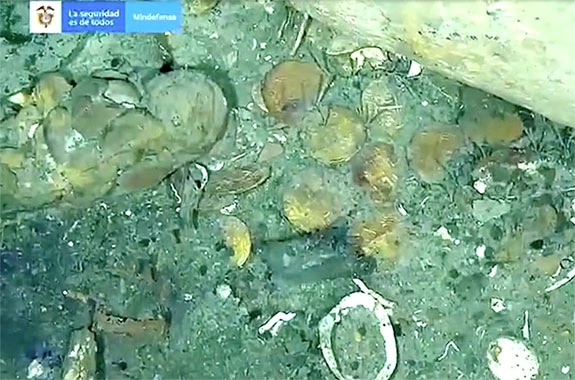
Source: Colombia Armada
“History is the treasure,” Correa, Colombia’s minister of culture, told the Associated Press (via The Independent).
Correa Says That Colombia Will Not Treat the Treasure as Treasure
Correa reported that the government is also considering building a museum and a laboratory to study and display the ship’s content, according to Bloomberg, as the government plans to expedite their plans as other countries begin tugging at the rope of “ownership.”
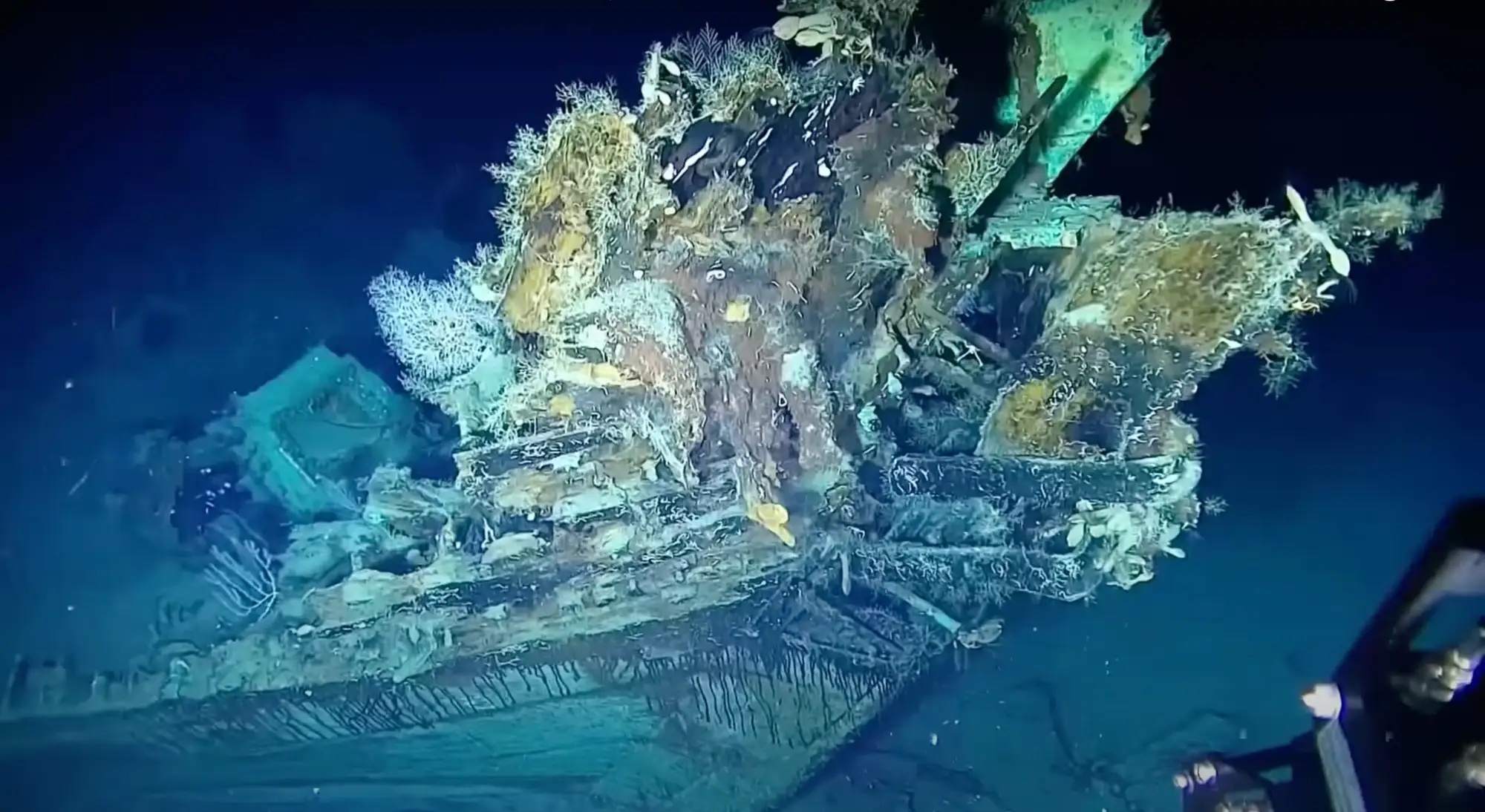
Source: Colombia Armada
“We need to stop thinking of this as treasure. It’s not treasure in a 19th-century sense,” Correa said. “This is a submerged archaeological heritage and it is of cultural and critical importance for Colombia.”
Some Parties Want Colombia to Leave the Shipwreck Alone
Unfortunately, archaeologists and historians are condemning the efforts of the Colombian government. Several parties are encouraging the country’s government to stop as messing with the 300-year-old ship could do more harm than good.
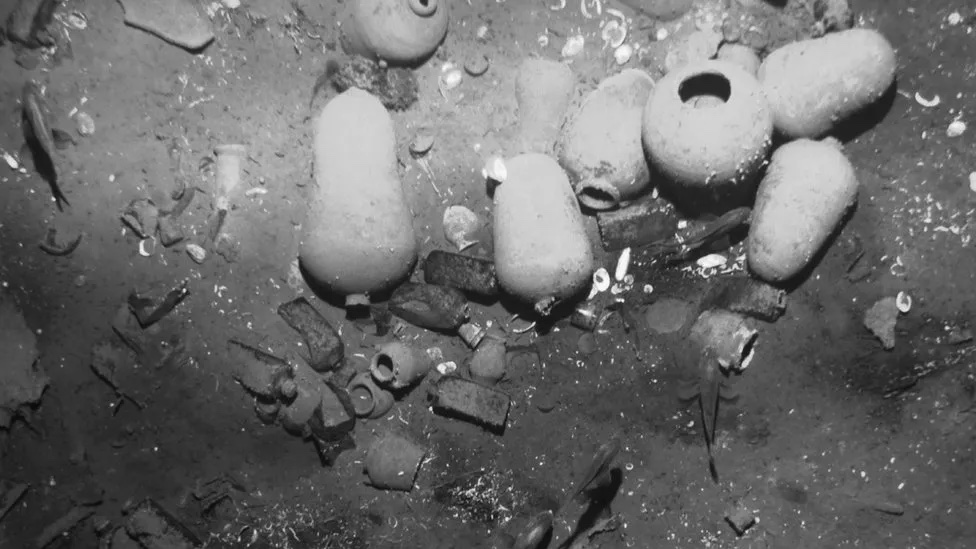
Source: Colombia Armada
Sea Search Armada, a group of American investors, is also challenging a 2020 law change that “unilaterally converted everything on the ship to government property,” a lawyer for the group shared in a statement (via The New York Times).
What Will Colombia Do?
While many are hoping to either claim the treasure for themselves or leave the shipwreck intact underneath the ocean’s surface, it does not seem like Colombia is pausing its efforts anytime soon.
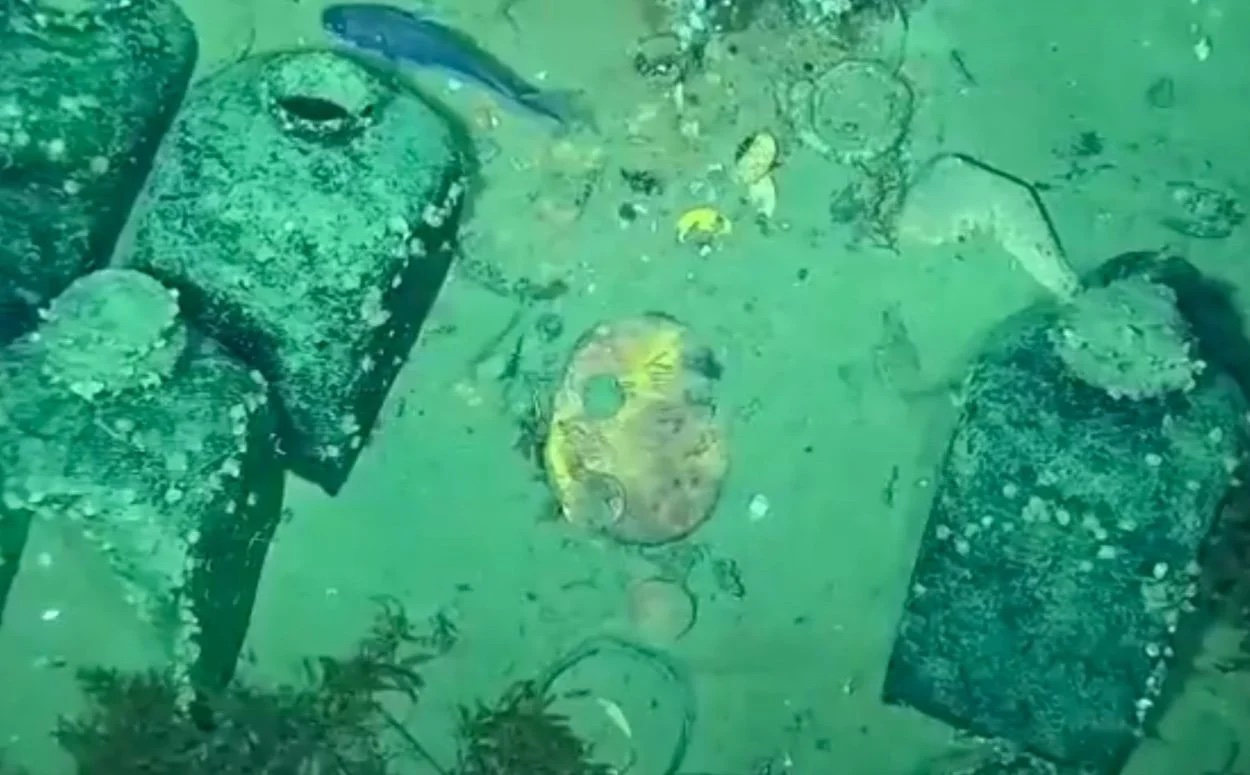
Source: Colombia Armada
“Shipwrecks are the best way to inform us in regards to the production, accumulation, and distribution of goods in the past. It’s like a floating city. You’re able to reconstruct the history of global trade,” Ricardo Borrero, a nautical archaeologist, told the New York Times.
